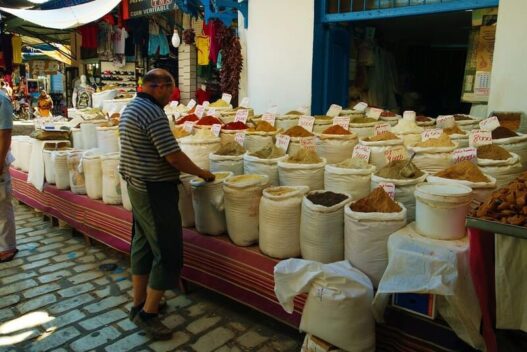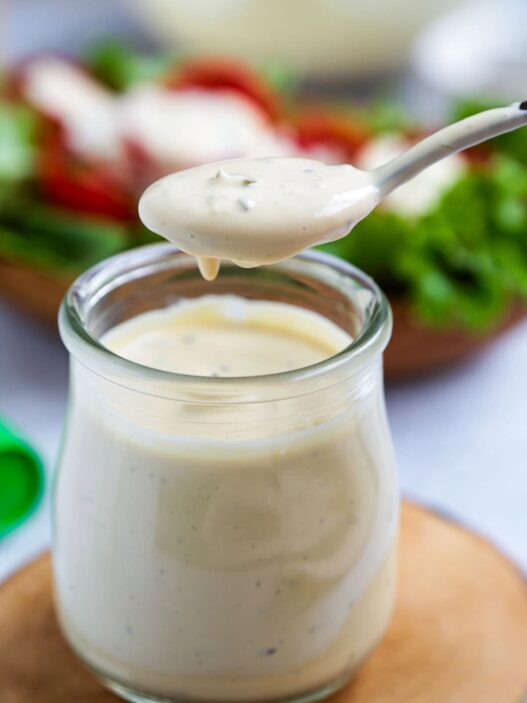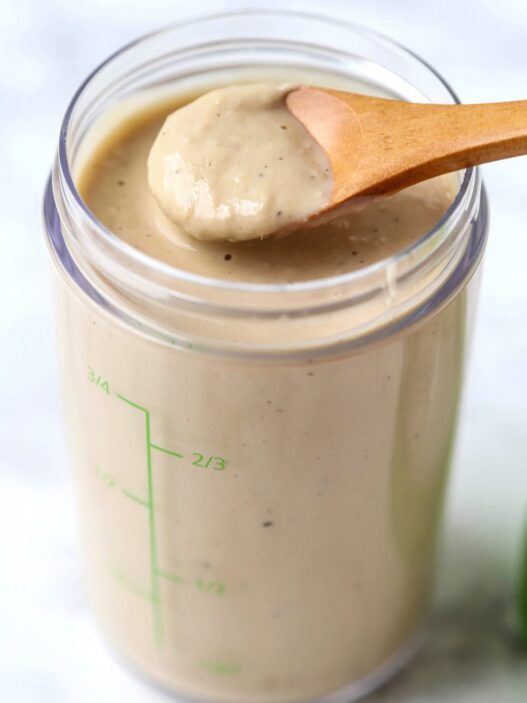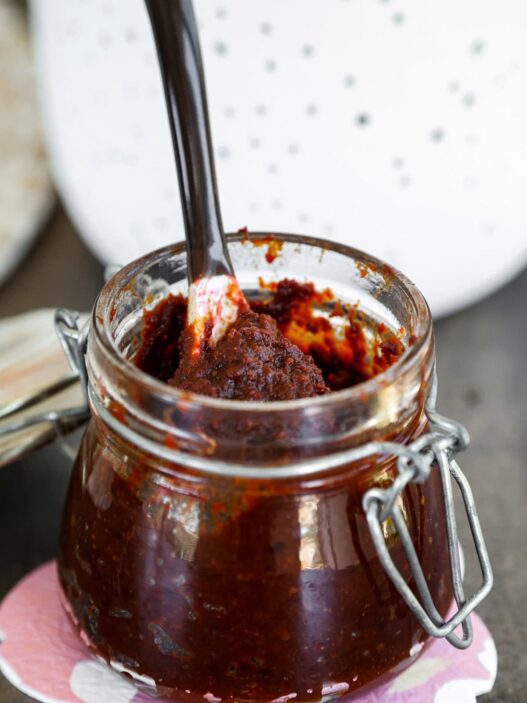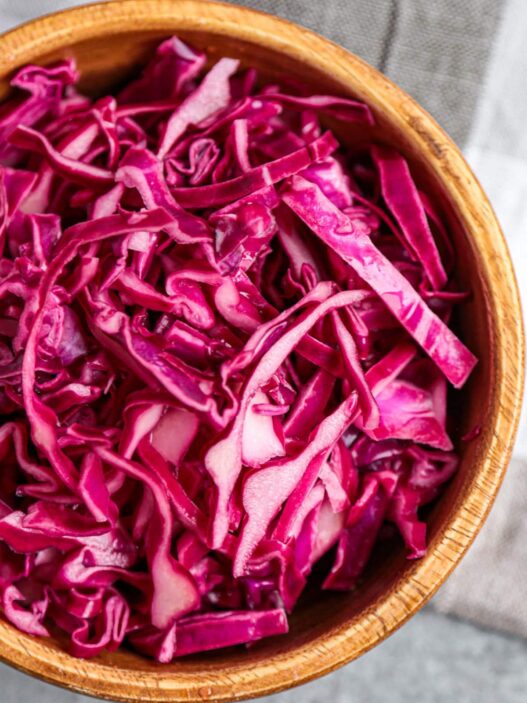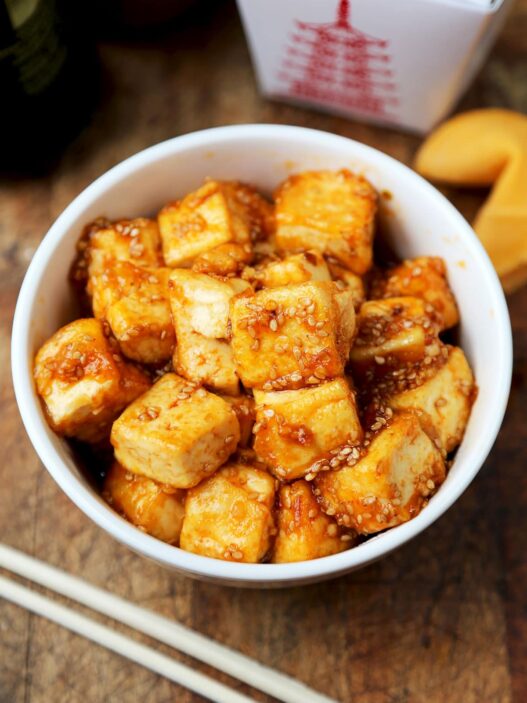The first thing that hits you in Fez isn't the noise or the crowds, it's the smell.
There's many unique things you can do in Morocco. I'll never forget my first night wandering through the Fez medina, it felt like stepping into a living cookbook.
The alleyways were smoky from skewers of lamb grilling over open flames, and the air was heavy with cinnamon, cumin, and fresh bread straight from clay ovens. In some corners, families crowded around bowls of bissara, while kids ran past clutching hot sfenj doughnuts dripping with sugar.
Travelling with a group here made it even more special. Sharing plates of authentic Moroccan food – like snail soup from a tiny stall only locals seemed to know about, sparked the same kind of excitement I felt when I tried unique food in Taipei's night markets. These places reminded me that the best meals aren't found in fancy restaurants, but in crowded alleys where recipes have been perfected for generations.
Fez isn't just a place to visit, it's a city you taste. And in a group travel setting, trust me when I say – those flavors turn into memories you carry long after you've left.
Fez's Medina
Chouara Tannery
The medina in Fez isn't just a backdrop for tourists, it's the city's pantry, kitchen, and dining room rolled into one.
Every corner seems to have its own speciality: one stall frying up sfenj (sugar-dusted doughnuts) first thing in the morning, another ladling out steaming bowls of bessara (split pea soup) for just a few dirhams. By lunchtime, the smell of grilled sardines and skewered lamb takes over, and queues form around the vendors who are known for doing it best.
Eating here is an experience in itself. You'll likely find yourself squeezed shoulder-to-shoulder with locals, balancing a bowl of soup while a vendor waves over the next customer. It's noisy, sometimes overwhelming, and you won't always know what you're eating until you take the first bite—but that's part of the charm.
Not everything is picture-perfect. Some stalls look less hygienic than you'd hope, and it's easy to get caught paying more if you don't know the going rate. Still, the food is incredibly fresh—bread pulled straight from communal ovens, oranges juiced in front of you, meat cooked over open flames while you wait.
What makes Fez's street food so fascinating is the way it reflects the city's mix of cultures. A simple bowl of lentils carries Berber roots, while a spiced chicken pastilla shows Andalusian influence. You don't just eat here—you taste Morocco's history, one dish at a time.
The History Behind Fez Street Food
Tagine, a local dish in Morocco
What makes Fez's street food so special isn't just the taste – it's the history you're eating with every bite.
The medina has been feeding people for over 1,200 years, ever since Idris II founded the city and set up its first markets. Imagine walking through those early stalls: sacks of spices from across Africa, grains hauled in from the countryside, and recipes passed down and traded like currency.
By the 11th century, waves of refugees arrived, and with them came a whole new way of cooking. They introduced delicate pastry work, clever ways of layering sweet with savoury, and spice blends that turned simple ingredients into something unforgettable. Without them, the famous chicken pastilla—flaky, golden pastry dusted with cinnamon and sugar, wouldn't even exist.
Later came the French, who left their mark with new ingredients and café culture, and Jewish communities, who taught preservation techniques that shaped the way Moroccans cured, spiced, and stored food.
Today, when you're standing in front of a stall in Fez – whether you're biting into a sizzling lamb skewer or slurping bessara – you're tasting a mix of Berber, Arab, Andalusian, French, and Jewish influences, all layered into one plate.
Dishes From Fez Food Stalls
Start your journey with the same food that locals eat daily:
- B'ssara: Thick fava bean soup that turns cold morning warm, finished with fruity olive oil and ground cumin
- Maakouda: Crispy potato fritters spiked with fresh herbs that vendors fry to order throughout the day.
- Brochettes: Charcoal-grilled meat skewers that smell like smoke and taste like heaven.
- Pastilla: Paper-thin pastry wrapped around spiced meat, dusted with cinnamon and powdered sugar.
Seasonal dishes appear based on what farmers bring to the market. Spring means tender artichokes, while winter brings rich and flavorful stews. Follow your nose and the crowds – both lead to good food.
Understanding Moroccan Spice Combinations
The magic of Fez street food lies in masterful spice blending. Vendors guard their spice combinations, often using blends passed down through generations. Morocco's signature spice mix, known as Ras el hanout, can contain up to 30 different ingredients, each vendor creating their own interpretation.
Harissa provides heat with complexity, combining dried chillies with garlic, coriander, and caraway. Preserved lemons add brightness to heavy dishes. Understanding these flavor profiles helps you appreciate the sophistication behind seemingly simple street food preparations.
Many vendors roast and grind spices daily, ensuring maximum potency. The difference between fresh and stale spice becomes immediately apparent when tasting authentic food. This attention to spice quality separates exceptional stalls from ordinary ones.
The Sweet Side Of Fez Street Food
Moroccan desserts balance technique with tradition. Vendors twist dough into intricate flower shapes, fry them golden, then coat everything in honey. This is known as Chebakia, a pinnacle of sweet street food in Morocco.
Also available are doughnuts that get dusted with sugar while they are still hot. Both sweets anchor Moroccan celebrations and daily rituals, especially when paired with glasses of mint tea that arrive without asking.
The Art Of Moroccan Tea Culture
No discussion of Fez Food stalls remains complete without understanding mint tea's central role. Vendors prepare tea with theatrical precision, pouring from great heights to create foam and cool the liquid. The process requires three separate steepings, each serving a specific purpose in flavor development.
Tea accompanies every meal and punctuates every conversation. Vendors offer complimentary tea to regular customers, creating bonds that go further than simple commercial transactions. The ritual of tea service reflects Morocco's emphasis on hospitality and community connection.
Quality tea vendors source their mint fresh daily, often from specific farms outside Fez. They understand which sugar types complement different tea grades and adjust sweetness based on customer preference. This attention to detail transforms simple tea service into culinary artistry.
Where To Find The Best Street Food In Fez, Morocco
The Medina's main thoroughfares, Talaa Kebira and Talaa Seghira, host established vendors who've earned neighborhood loyalty. An intense competition amongst vendors keeps quality high and you'll find food stalls that have operated for generations. Quality food stalls will have the following traits:
- Busy vendors serving locals suggest good food and fair prices
- Food that is prepared fresh and in front of your eyes
- Clean work areas show that vendors take pride in their product
- Trust your instincts; great food smells great from across the street
Various Morocco travel packages will take you to food stalls that have been tried and tested by people from all over the world.
Most Fez vendors speak Arabic and French, with limited English capabilities. Learning basic food vocabulary enhances your experience. “Shukran” (thank you) and “B'slama” (goodbye) show respect and often result in extra portions or friendly recommendations.
Painting works universally, but understanding preparation methods helps you order more effectively. Don't hesitate to gesture or use simple drawings to communicate dietary restrictions. Most vendors accommodate requests when they understand your needs. Patience and humor overcome most language barriers in these interactive food environments.
Street Food Etiquette In Fez, Morocco
Sousse Medina, Fez's Street Food in Morroco
Fez street food works on unwritten social rules. Eating with your right hand shows cultural awareness, while sharing food demonstrates friendships. Vendors appreciate customers who don't waste food and often offer samples to those who show genuine interest.
Payment typically occurs after eating, based on trust relationships that vendors build with customers. Tipping is not required but small amounts show appreciation for exceptional service. During Ramadan, respect fasting customs by avoiding public eating during daylight hours.
Photography requires permission, especially when capturing vendors at work. Most appreciate being asked and often pose proudly with the specialities they have prepared. These interactions create memorable connections beyond simple transactions.
Immersing Yourself In Fez's Food Culture
Bookmark this restaurant in Marrakech for quality local food!
Most vendors welcome questions about their specialities. They'll explain cooking methods, suggest combinations, and share family stories connected to their recipes. Do not hesitate to ask; food creates universal conversation.
Be sure to try everything once. Flavor combinations that seem odd often work out better than expected. Moroccan cuisine excels at balancing sweet, savory and spicy elements in unexpected ways.
Local food guides unlock stalls tourists never discover. They translate menus, explain cultural context, and navigate family-run operations that don't advertise their existence.
Health Benefits Of Fez Cuisine
Most Fez street vendors never studied nutrition, yet they built meals that put modern diet plans to shame.
Ingredients such as fava beans pack complete proteins, and the drizzle of olive oil helps your body actually use the vitamins instead of flushing them away. This knowledge passed through kitchens for centuries before scientists figured out why it works.
Every spice tells a health story. Turmeric relieves painful joints while cumin settles upset stomachs while helping your blood onto iron. Cinnamon keeps sugar crashes at bay, which explains why you can eat honey-soaked chebakia without feeling terrible afterward. These flavor choices are medicine disguised as ingredients and seasoning.
Meal patterns make sense once you understand daily energy needs. Heavy tagines fuel morning work while mint tea after big meals helps digestion while providing just enough caffeine to stay alert.
The Economic Impact Of Street Food
Fez's street food ecosystem supports thousands of families directly and indirectly. Vendors source ingredients from local farmers, creating economic networks that strengthen rural communities. Many stalls are multi-generational businesses that preserve traditional cooking methods while adapting to contemporary tastes.
The informal economy surrounding food stalls includes spice merchants, equipment suppliers, and delivery services.
This interconnected system shows how street food culture extends far beyond individual vendors to support entire communities.
Tourism brings additional revenue streams, but authentic vendors maintain their focus on local customers. This balance ensures that commercial pressures don't compromise traditional flavors and preparation methods that define Fez's culinary identity.
Here's the thing: food becomes your easiest passport into understanding Fez. Beyond the blue-tiled mosques and intricate crafts, it's the shared bowl of bessara at breakfast or the smoky skewers eaten shoulder-to-shoulder with locals that really show you what this city is about.
If you're planning a trip, I'd honestly recommend giving yourself time. A quick stop won't do Fez justice. That's why
I've put together a detailed 11-day Morocco itinerary, where Fez plays a starring role alongside Marrakech, the Sahara, and Chefchaouen. It's designed to help you soak up the food, history, and culture without rushing.
Because the truth is, you won't just leave Fez with memories of what you saw, you'll carry the flavours with you long after you've flown home.








